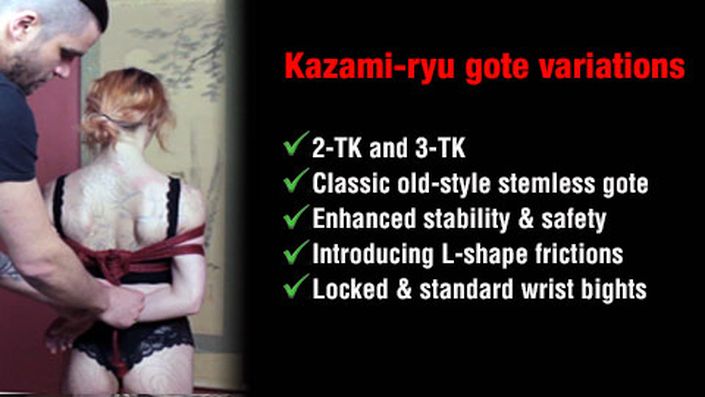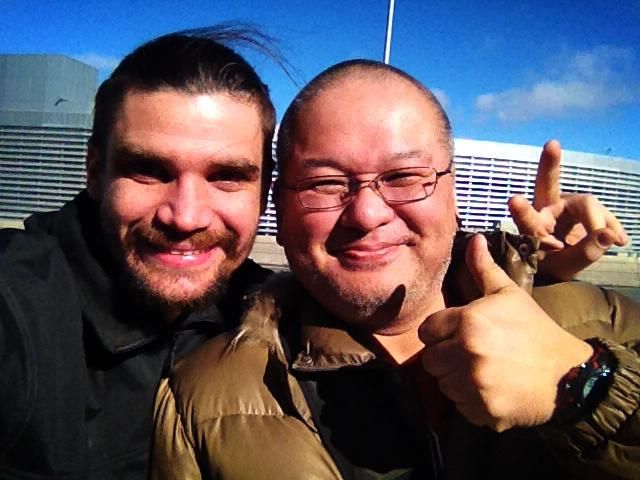
Kazami-ryu gote: 2-TK, 3-TK and stemless old-style versions
Three versions with an unique degree of safety, comfort and security
What is Kazami-ryu
Kazami Ryu, the style of Kazami Ranki, focuses on safety, comfort and balance. Whilst, the TK’s might seem superficially familiar, the way they are isolated with his signature L-frictions is unique and particularly secure. It is this technique that greatly enhances safety and comfort. This is especially beneficial in the old-style gote, since this type can be notoriously tricky to get right due to the typically minimal frictions. Kazami’s version solves the problem very effectively by preventing dangerous movement. This tutorial covers his main forms:
Two and three rope gote
Osaka Dan initially explains and demonstrates the two rope version and then goes on to add the third rope with possible variations. Since, the underlying form is very similar to the 'Contemporary gote', we recommend this as follow-on study for a better understanding even though this is a very comprehensive tutorial.

|

|
When I attended classes with Kazami, I was surprised by how little tension that he applied in the wraps. However, the tension builds up nicely to a secure feeling as the tie progresses, especially as the third rope is added, but always maintains comfortable levels.
We have included informal video of the pre-tying questions and practice session as this is an important part of tying somebody for the first time, as Dan was with Sophie. Time spent 'rope labbing' is invaluable when it comes to making the tie fit the person rather than trying to force the opposite.
Old-style stemless gote
As mentioned in the first paragraph, one of the key 'ingredients' of Kazami's technique is his L-shaped frictions. You will learn how this is repeated to great effect in this old-style gote, i.e. the stemless type that centre on large rear friction, resembling more of a K-shape, rather than an H, rotated anticlockwise by 90 degrees. The added security of this makes it an excellent beginner's old-style gote as it does not depend upon the precise construction of one main friction. This means there is very little chance of dangerous changes in tension or unwanted movement.
Your Instructor

Dan, pictured left, first discovered the art of kinbaku whilst on a working holiday in Japan in 2009. After studying under Milla Reika, __S__, and extensively under Kazami Ranki (pictured right), he moved to Toronto where he owned and operated the Toronto Kinbaku Salon.Osaka Dan teaches Kazami style shibari and is know for his bold, dynamic, erotic performance style. Osaka Dan is fascinated by deep, complex and multi layered personal exchanges that different aspects of the art can evoke.
Frequently Asked Questions
Managing subscriptions
• For your convenience, subscriptions auto-renew at the end of the period
• You can unsubscribe via Manage Subscriptions on the Profile menu (top right when logged in)
• For instructions, see Help
